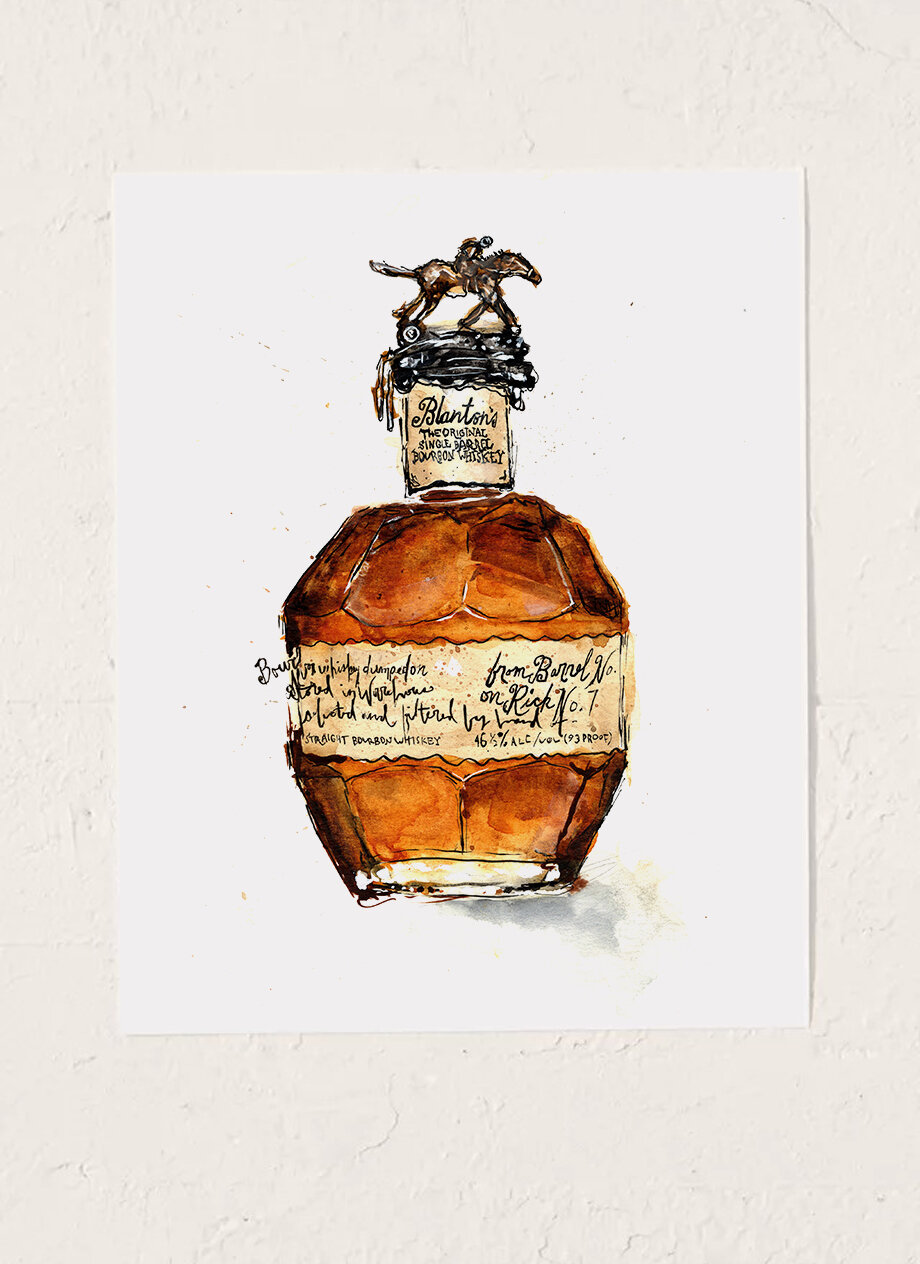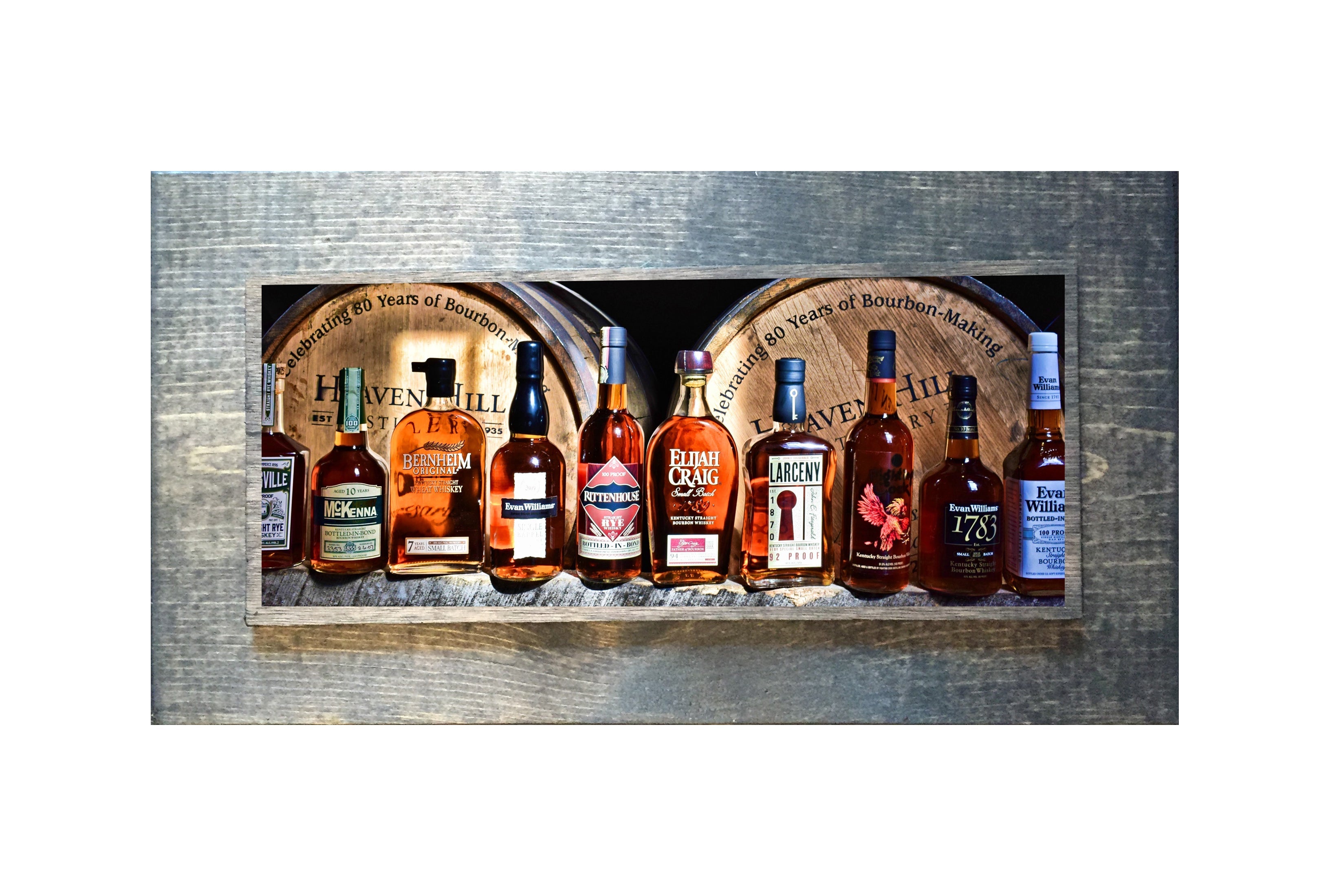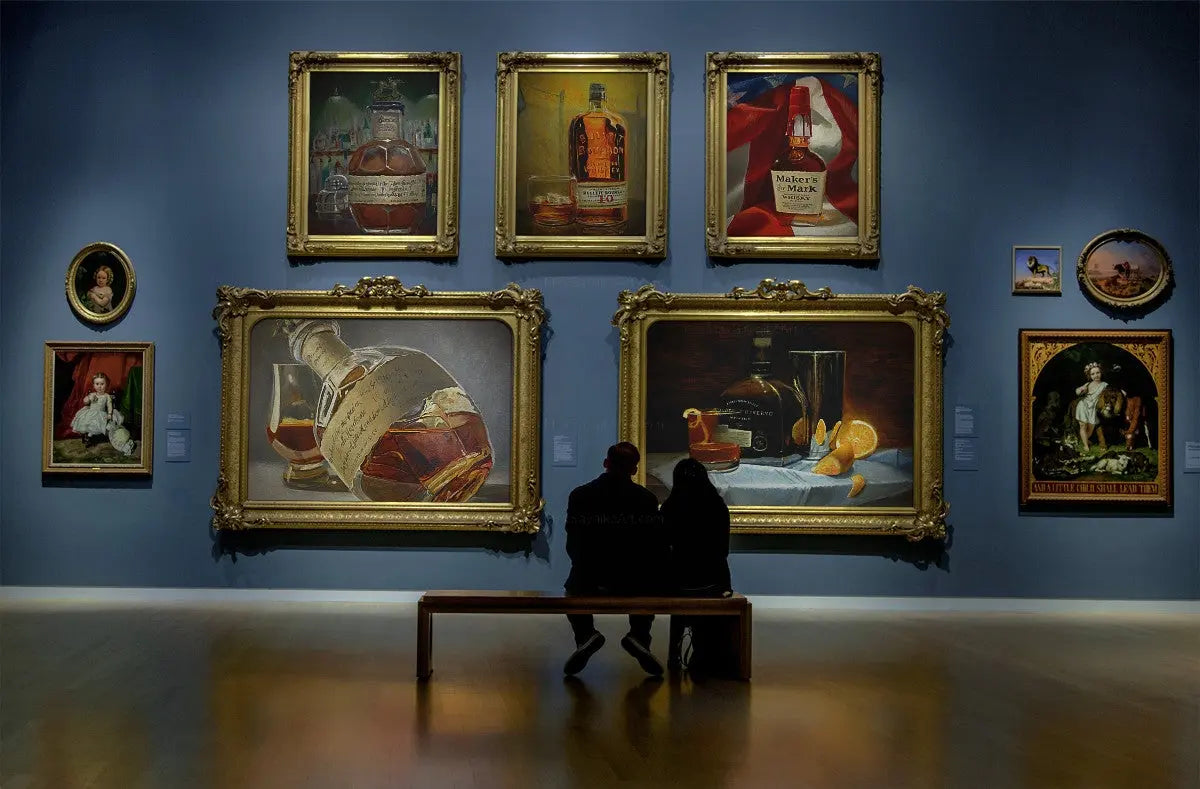The Significance of Whiskey Art in Celebrating Heritage and Workmanship in the Beverage Industry
The elaborate connection between bourbon art and the event of heritage and workmanship within the drink industry can not be overstated. With thoughtfully designed bottles and labels, bourbon brand names envelop their historical origins and the artisanal abilities that define their manufacturing techniques. This creative measurement not only enhances market appeal but likewise functions as a conduit for cultural storytelling, promoting a deeper link in between the craft and the consumer. As we discover the various aspects of this subject, fascinating questions about the effect of contemporary trends on conventional practices emerge, motivating additional exam.
The Historical Roots of Whiskey
At the heart of whiskey's allure exists a rich tapestry of historical origins that trace back to old worlds. The origins of whiskey can be connected to the distillation practices of the Sumerians and Babylonians around 2000 BCE, where very early forms of fermented grain beverages began to emerge. It was in the Center Ages that the art of purification developed dramatically, particularly in Ireland and Scotland, leading to the development of scotch as we recognize it today.
The term "bourbon" itself stems from the Gaelic word "uisce beatha," suggesting "water of life." This phrase underscores the social importance of scotch in Celtic cultures, where it was usually linked with routines, parties, and communal bonding. By the 15th century, distillation ended up being an acknowledged craft within monastic neighborhoods, leading the way for the facility of legal distilleries.
As profession paths increased, whiskey's appeal grew, going beyond regional borders and catching the interest of aficionados worldwide. Whiskey Art. This historical trip reflects not just the workmanship behind scotch manufacturing yet additionally its indispensable role in social and social contexts, marking it as a significant beverage throughout background
Artistic Expression in Branding
Whiskey branding stands as an engaging intersection of artistry and business, where aesthetic identity plays a vital function fit consumer understanding. The aesthetics of whiskey labels, packaging, and marketing materials reflect not only the brand's story but additionally its core values and heritage. Through imaginative expression, distilleries communicate a narrative that reverberates with consumers, stimulating emotions and triggering connections.
Making use of color, typography, and images in branding serves to distinguish products in a saturated market. For instance, traditional motifs might stimulate a feeling of credibility and workmanship, while contemporary designs can represent technology and forward-thinking. This strategic imaginative instructions boosts brand name acknowledgment and commitment, permitting customers to forge an individual partnership with the scotch they choose.
Additionally, imaginative expression in branding commonly functions as a celebration of local heritage. Distilleries frequently integrate neighborhood icons or historical references into their styles, creating a feeling of place that invites customers to partake in a broader social experience. Ultimately, the virtuosity behind whiskey branding not just improves aesthetic appeal yet likewise enriches the general story of the brand name, cultivating a deeper admiration for the craftsmanship and heritage embedded in each bottle.
Workmanship in Container Design
The virtuosity evident in bourbon branding extends past aesthetic identity to include the workmanship entailed in container style. Each bottle works as a vessel not simply for the spirit within, but also for the story it outlines its high quality, custom, and origin. The layout process needs precise interest to information, as aspects such as closure, product, and shape add dramatically to the overall assumption of the whiskey.
Craftsmanship in container layout entails selecting high-grade glass that can enhance the bourbon's color and clarity, while additionally supplying a tactile experience for the consumer. The silhouette of the bottle need to be both cosmetically appealing and practical, frequently mirroring the heritage of the brand. Lots of distilleries choose distinct forms or embossed logos that stimulate a sense of authenticity and history.
Moreover, the label layout and typography play an essential role in connecting the brand name's narrative. Realism Art. A well-crafted container not just astounds the customer's eye yet likewise enhances the brand's commitment to top quality and custom. By doing this, the workmanship of bottle design ends up being an important facet of the bourbon experience, combining virtuosity with an extensive regard for heritage
Cultural Significance of Whiskey Art
Celebrating tradition and workmanship, the cultural value of scotch art transcends simple aesthetics, intertwining with the social and historical stories of the regions where it originates. Each bottle acts as a canvas, showing the special tales, mythology, and customs that have actually formed local whiskey-making techniques. The detailed designs usually mirror the heritage of the distillers, including icons and themes that reverberate with the society and values of their areas.

Additionally, whiskey art plays a crucial function in public gatherings and celebrations, working as a substantial link in between published here people and their shared experiences. By valuing the virtuosity in bourbon packaging, customers cultivate a much deeper understanding and regard for the craft, ultimately enriching their satisfaction of the drink itself.
Modern Trends in Whiskey Presentation
In the last few years, the presentation of bourbon has actually progressed to mirror modern tastes and trends while still honoring standard craftsmanship - Bourbon Art. Distilleries are increasingly concentrating on aesthetic elements that improve the total drinking experience, linking the gap between heritage and modernity
Innovative container styles have arised, often including lasting materials and imaginative labels that inform engaging tales. Several brand names currently collaborate with regional artists, infusing their products with unique aesthetic expressions that see here reverberate with customers. Furthermore, limited-edition launches are typically packaged in collectible containers, including worth and charm for aficionados.

Verdict
Finally, bourbon art functions as a vital conduit for expressing the heritage and workmanship fundamental in the drink market. Through detailed branding, cutting-edge bottle layouts, and culturally considerable creative elements, bourbon brands successfully honor their customs and get in touch with consumers. This artistic story not just elevates the admiration of bourbon however likewise reinforces community identity and pride amongst manufacturers. Ultimately, Bourbon Art whiskey art plays a crucial function in preserving and celebrating the rich cultural tapestry of whiskey-making.


Craftsmanship in container layout includes selecting premium glass that can enhance the scotch's shade and clarity, while likewise supplying a tactile experience for the consumer. In this method, the craftsmanship of container layout comes to be a vital facet of the bourbon experience, combining creativity with an extensive regard for heritage.
In final thought, bourbon art serves as an important conduit for sharing the heritage and workmanship inherent in the beverage industry.